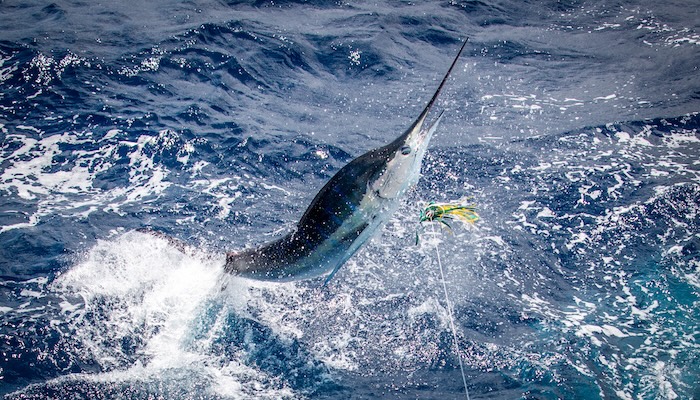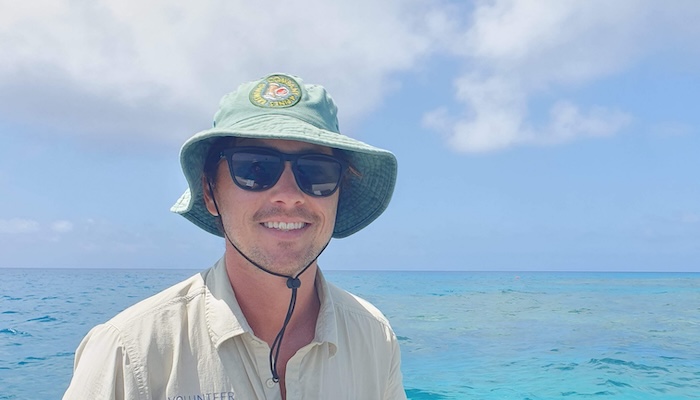Macquarie University researchers have developed a fast, portable method to identify marlin species using handheld X-ray technology, potentially transforming fisheries monitoring and conservation efforts.
18 Jun 2025
Macquarie University researchers have developed a rapid, portable method to identify marlin species using a handheld X-ray scanner that could transform fisheries monitoring and help protect vulnerable marine species.
The new technique, published in ICES Journal of Marine Science this month, analyses unique chemical signatures in marlin bones or tissue to distinguish between species on the spot, without needing laboratory analysis.
Marlin are increasingly in the conservation spotlight, with over 37 per cent of fish stocks now fished at unsustainable levels globally. Current identification methods in Australian marlin fisheries achieve only around 33 per cent accuracy, with trained observers making errors up to 77 per cent of the time when distinguishing between similar-looking species.
Dr Patrick Burke from Macquarie University’s Marine Ecology Group says the portable X-ray method achieved success rates of up to 81 per cent for distinguishing between black, blue and striped marlin species.

"We’ve developed a fast and portable method to identify marlin species using a handheld X-ray scanner,” Dr Burke says. “By analysing the unique chemical signatures in their bones or tissue, we can distinguish between species on the spot, without needing a lab.”
With an estimated 30 per cent of seafood globally misidentified or mislabelled, Dr Burke says the technology addresses critical gaps in fisheries monitoring.
“This is especially important because marlin species are often misidentified in commercial fisheries and trade, which can undermine conservation efforts and lead to inaccurate catch data,” he says.
The method has significant implications for fisheries management, particularly for marlin species under increasing pressure. Black and blue marlin are no-take species in Australian commercial fisheries, while striped marlin are currently considered overfished in the southwestern Pacific.
Professor Jane Williamson, who supervises the Marine Ecology Group, says the technology could help fisheries managers, customs officers and seafood regulators rapidly verify species identification.
“Our method could help fisheries managers, customs officers, and seafood regulators rapidly and reliably verify species, improving traceability, helping enforce fishing rules, and protecting vulnerable or overfished species," Professor Williamson says.
Professor Williamson says the technology also has possible applications beyond marlin identification.
“It also has potential for use in monitoring illegal or unreported fishing across international markets,” she says.
DOI: https://doi.org/10.1093/icesjms/fsaf092
**